In the adjoining figure, ABCD is a quadrilateral.
(i) How many pairs of adjacent sides are there? Name them.
(ii) How many pairs of opposite sides are there? Name them.
(iii) How many pairs of adjacent angles are there? Name them.
(iv) How many pairs of opposite angles are there? Name them.
(v) How many diagonals are there? Name them.
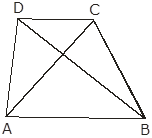
(i) four; (AB, BC), (BC, CD), (CD, DA), (DA, AB)
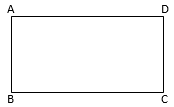
When two sides of quadrilateral have same end point, they are called as Adjacent Sides.
(AB, BC), (BC, CD), (CD, DA), (DA, AB) are the adjacent sides of this quadrilateral.
(ii) two; (AB, DC), (AD, BC)
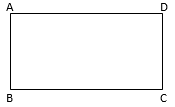
Two sides of quadrilateral who do have same end point are called as Opposite Sides.
(AB, DC), (AD, BC) are the opposite sides of this quadrilateral.
(iii)

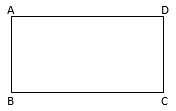
When two angles of quadrilateral share the common arm it is called as Adjacent angles of the quadrilateral.
(![]() A,
A, ![]() B), (
B), (![]() B,
B, ![]() C), (
C), (![]() C,
C, ![]() D) and (
D) and (![]() D,
D, ![]() A) are adjacent angles of this quadrilateral.
A) are adjacent angles of this quadrilateral.
(iv)
![]()
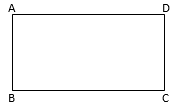
When two angles of quadrilateral are not adjacent angles then it is called as opposite angles of the quadrilateral.
(![]() A,
A, ![]() C) and (
C) and (![]() B,
B, ![]() D) are opposite angles of this quadrilateral.
D) are opposite angles of this quadrilateral.
(v) two; (AC, BD)
A diagonal is a line segment that joins two opposite vertices of the quadrilateral.
AC and BD are the two diagonals of the quadrilateral ABCD.